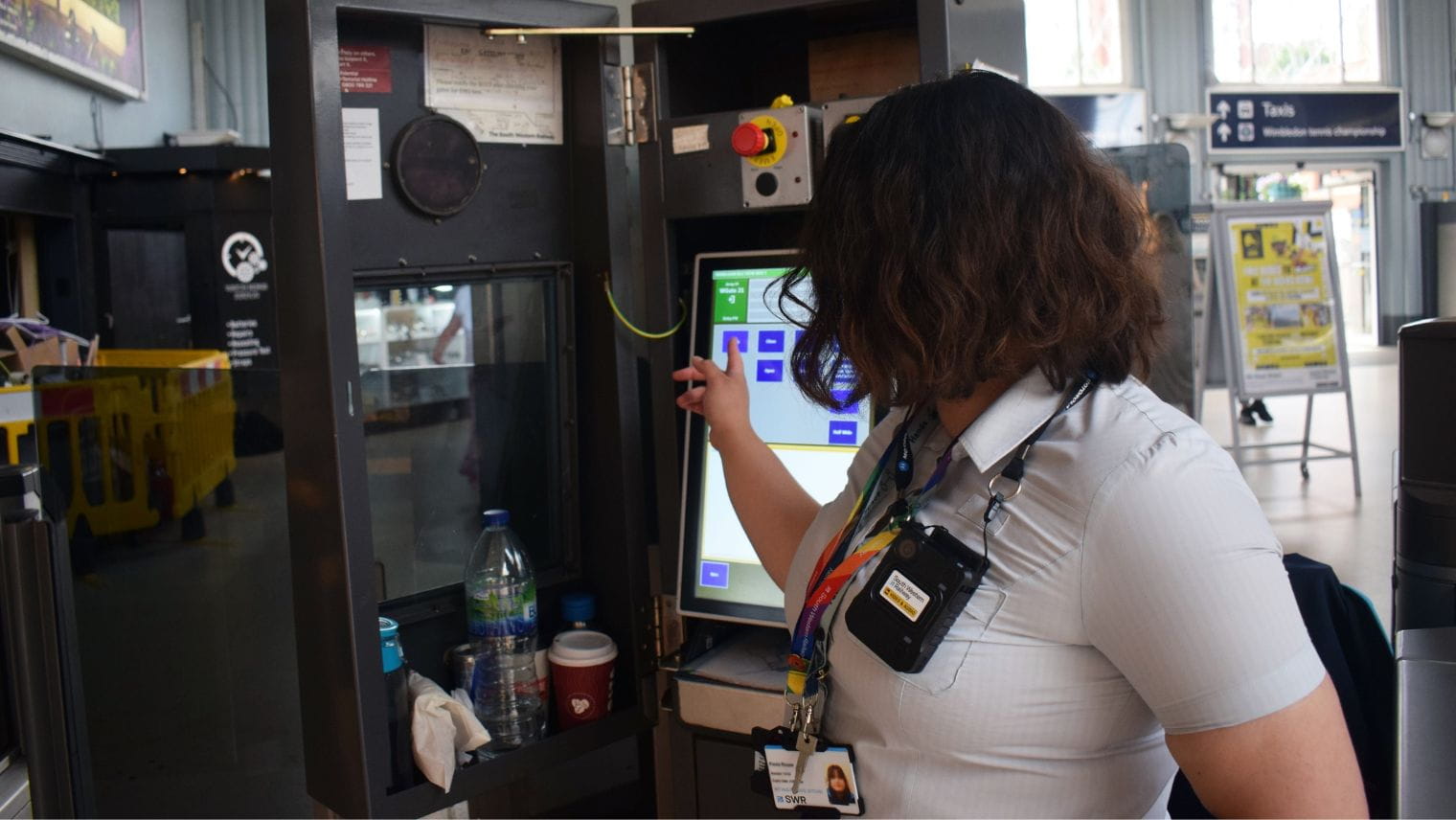- In a bid to reduce anti-social behaviour, South Western Railway is undertaking a phased rollout of body-worn cameras
- The cameras will be worn by staff across most of the South Western Railway network
- The rollout will help customers travel with confidence and help staff feel safe at work
South Western Railway (SWR) has announced the phased rollout of body-worn cameras for staff on board trains and at stations across most of its network.
The cameras are being introduced to deter and reduce anti-social behaviour on trains and stations, as well as to act as a deterrent to assaults, threats and abuse experienced by staff.
After an initial trial for staff working out of Fratton depot launched in June 2021, the cameras are currently being integrated into operations at Bournemouth, Richmond, Weymouth, Farnham, Woking, Eastleigh, Portsmouth, and Guildford, and will soon include SWR staff working out of Salisbury and Basingstoke.
The cameras will be worn by guards, customer service assistants (including gateline staff), rail community officers, and revenue protection staff.

Using existing CCTV cameras alongside the new body-worn cameras, SWR will be able to use both sources of footage to capture better quality evidence for prosecutions and cases in court.
Christian Neill, SWR’s Customer Experience Director, commented::
“Customer and colleague safety will always be our top priority. We are always looking for ways to help our customers travel with greater confidence and ensure that colleagues feel safer at work.
“These body-worn cameras are designed to do just this, by deterring anti-social behaviour on our services and reducing the number of assaults our colleagues experience at work.
“While we wish that we could prevent every incident, we expect that the new footage will help authorities in any prosecutions by providing good quality evidence.”


